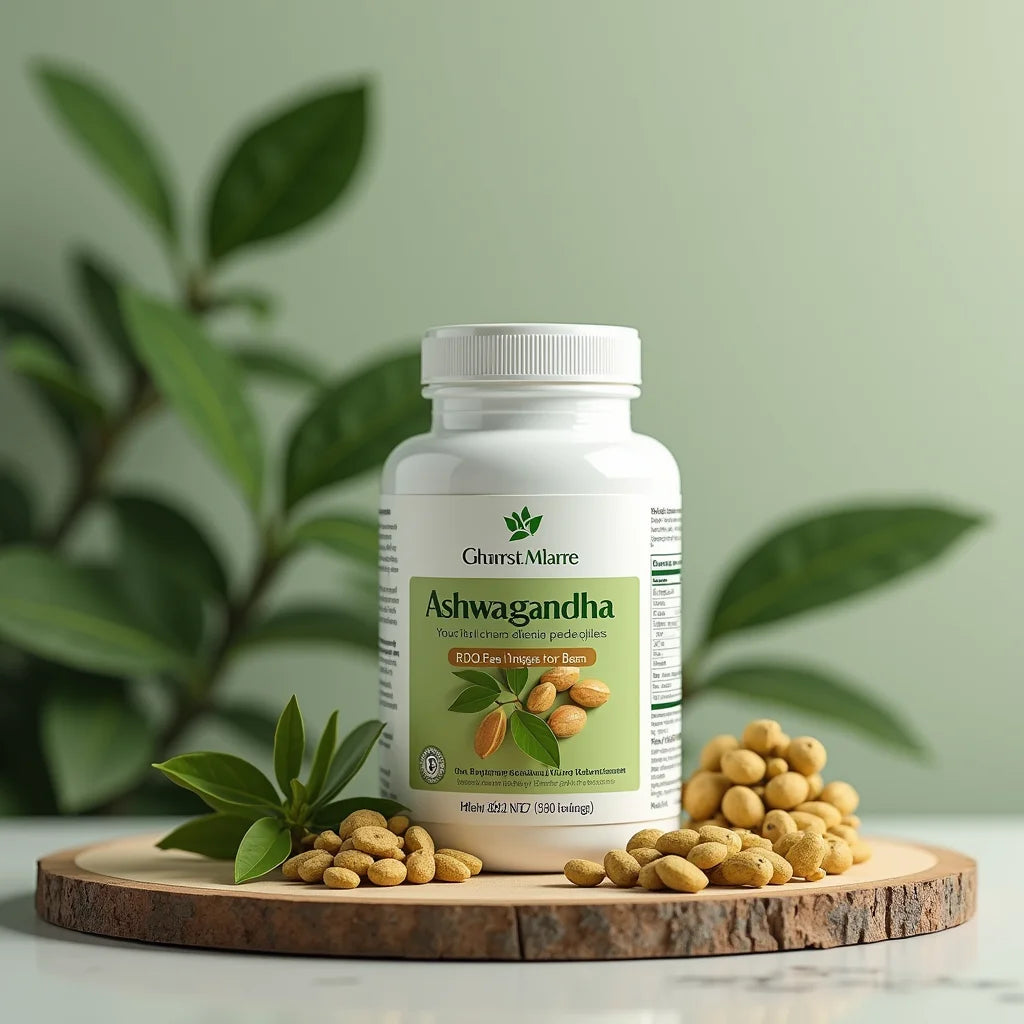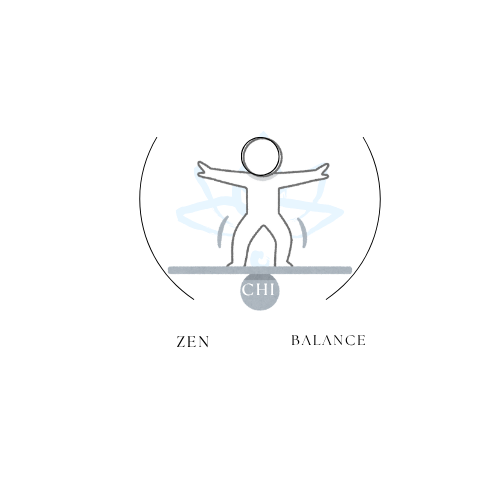
Ashwagandha Demystified Benefits Dosage Forms and Safety
Aktie
Updated on: 2025-10-26
- Common Mistakes to Avoid with Ashwagandha
- Pros & Cons Analysis of Ashwagandha and Withania somnifera
- Quick Tips for Using Ashwagandha in Daily Routines
- Wrap-Up & Key Insights on Ashwagandha
Ashwagandha is a widely discussed botanical often associated with balance and calm. It is known by its botanical name, Withania somnifera, and sometimes by the common name Indian ginseng. Many people explore ashwagandha as part of a broader interest in Ayurveda and adaptogen-inspired routines. In this gentle guide, you will find an easy overview of what ashwagandha is, how people typically use it, common mistakes to avoid, and practical tips that may help you approach it with care and confidence—without making medical claims.
Common Mistakes to Avoid with Ashwagandha
When exploring ashwagandha, a few common missteps can make the experience less clear or less comfortable. The notes below aim to keep things simple and considerate.
- Expecting immediate, fixed results. Ashwagandha is often discussed in the context of gradual routines. Experiences vary, and many people take time to observe how it fits into their day-to-day life.
- Overlooking product quality. Labels, sourcing details, and third-party checks (when available) can be helpful cues. Many prefer products that clearly state the plant part used and any standardization details.
- Inconsistent routine. Skipping days or frequently switching times can make it harder to understand your own experience with ashwagandha.
- Mixing many new items at once. Starting multiple new products together can make it difficult to notice how ashwagandha feels for you.
- Ignoring serving form. Capsules, tablets, and powders may feel different in daily life. For example, some find powders have a strong, earthy taste, while capsules can be more neutral.
- Not checking timing with meals. Some prefer ashwagandha with food; others choose a consistent time that matches their routine. Gentle consistency often helps with clarity.
- Assuming one-size-fits-all. People turn to ashwagandha for varied reasons, including curiosity about adaptogen concepts or interest in Ayurveda. Experiences can differ, and that is normal.
Pros & Cons Analysis of Ashwagandha and Withania somnifera
A thoughtful overview can make choices calmer and clearer. Below is a balanced look at what people often appreciate and what they carefully consider about ashwagandha.
Pros of ashwagandha in everyday routines
- Rooted in tradition. Ashwagandha holds a longstanding place in conversations about Ayurveda, which many find meaningful.
- Flexible formats. Powders, capsules, and blends are widely available, making it easier to fit preferences and schedules.
- Adaptogen discussion. Ashwagandha is frequently mentioned alongside adaptogen concepts, which focus on balance and ease in daily routines.
- Easy to integrate. Many people fold ashwagandha into consistent rituals, such as evening routines or morning habits, to support mindful structure.
- Familiar names. Whether labeled as ashwagandha, Withania somnifera, or Indian ginseng, the terminology is widely recognized, which can make learning and comparison simpler.
Cons and sensible cautions to keep in mind
- Taste considerations. The powder can have a strong, earthy flavor that some find challenging without a flavorful beverage or recipe.
- Varied experiences. Individual responses can differ, and timelines are not uniform. A patient, observant approach is often helpful.
- Product differences. Not all items are the same, and labels can vary. Taking a little time to compare may support a clearer choice.
- Not ideal for every situation. Personal context matters. If there is any uncertainty, many people find it reassuring to seek personalized guidance from a qualified professional.
- Terminology overlap. The term “Indian ginseng” can be confusing because it is not related to true ginseng plants; it is simply a common name for Withania somnifera.
Quick Tips for Using Ashwagandha in Daily Routines
- Begin gently. Many people prefer to start with a modest serving and give themselves time to observe.
- Choose a consistent time. The best time to take ashwagandha is the time you can keep. Morning or evening both work for different people; reliability often matters more than the clock.
- Pair with a habit. Linking ashwagandha to something you already do (a journal entry, a short walk, or a cup of tea) may help you stay consistent.
- Notice the form that suits you. If the taste of powder feels strong, capsules may offer a simpler experience.
- Keep notes. A brief log of timing and how you feel can make patterns easier to understand.
- Prioritize clarity. Clear labels, transparent sourcing, and thoughtful quality details can be reassuring. You can learn about brand values and quality commitments on the About page.
- Give changes time. When adjusting timing or form, many people allow a steady period before making another change.
- Store with care. Keep products dry, away from heat, and sealed as directed on the package.
- Explore mindfully. If you are comparing formats or blends, you may browse All products to see what fits your routine.
- Seek clarity when needed. If any questions arise, a quick note through the Contact page can be helpful.
Some readers also search for “ashwagandha benefits for men.” Public discussions often mention general themes like balance and routine support. As always, personal experiences vary, and a mindful, individualized approach tends to be most comfortable.
Wrap-Up & Key Insights on Ashwagandha
Ashwagandha, or Withania somnifera, remains a well-known botanical in conversations about Ayurveda and adaptogen traditions. Many people appreciate its flexibility and the option to choose a form and timing that align with personal routines. Taking a patient approach, comparing labels with care, and aiming for gentle consistency can make the process more comfortable. If you would like a simple starting point for exploration, the home page offers a broad overview of values and offerings: Home.
What are the benefits of ashwagandha?
People often ask, “What are the benefits of ashwagandha?” Public sources commonly describe ashwagandha as a traditional herb associated with balance and calm within Ayurveda. Many individuals explore it for general wellness routines, sometimes mentioning daily steadiness, rest habits, or focus. Experiences are not uniform, and it is helpful to approach this topic with care, noting how your own routine feels over time. If you have specific goals or questions, personalized guidance from a qualified professional can be reassuring.
How long does it take for ashwagandha to work?
Timelines vary from person to person. Some people describe noticing changes only after a steady period, while others focus more on the comfort of a consistent routine than on a particular milestone. Because experiences differ, a patient approach—with simple notes on timing and how you feel—may offer useful clarity. If questions persist, a brief conversation with a knowledgeable professional may help you set expectations that feel realistic for you.
What is the best time to take ashwagandha?
The best time to take ashwagandha is the time you can maintain comfortably. Many people choose morning for simplicity, while others prefer evening as part of a calming routine. Consistency often matters more than the exact hour. Some also find that taking it with a small snack or a regular meal fits more smoothly into daily life.
Is ashwagandha the same as Withania somnifera or Indian ginseng?
Yes. “Ashwagandha” is the common name for Withania somnifera, and “Indian ginseng” is another widely used term. While the nickname includes “ginseng,” ashwagandha is a different plant from true ginseng species. Knowing these names can help when reading labels or comparing products.
Kind note: This article shares general information for educational purposes. It does not provide medical advice, diagnosis, or treatment. If you have questions about your specific situation, please consider speaking with a qualified professional.

I'm a passionate curator at Zen Chi Balance, dedicated to spreading calm, harmony, and mindful living through faith-inspired lifestyle products. I help craft meaningful experiences for our global community of mindful shoppers.
The content provided is for informational and inspirational purposes only. It is intended to encourage personal growth, mindfulness, and balance in daily life. Zen Chi Balance does not provide medical, legal, or professional advice. For specific concerns or guidance, please consult a qualified professional. Visit us at www.zenchibalance.com for more inspiration and resources.
